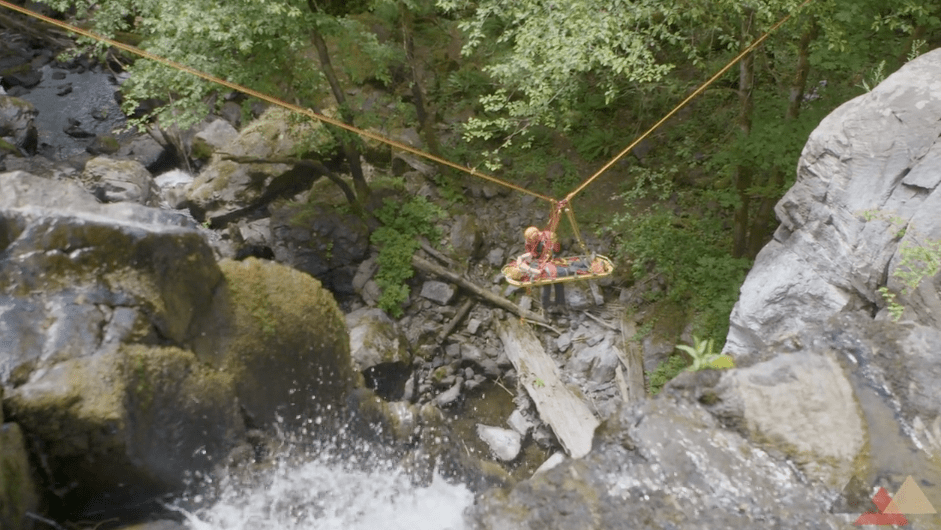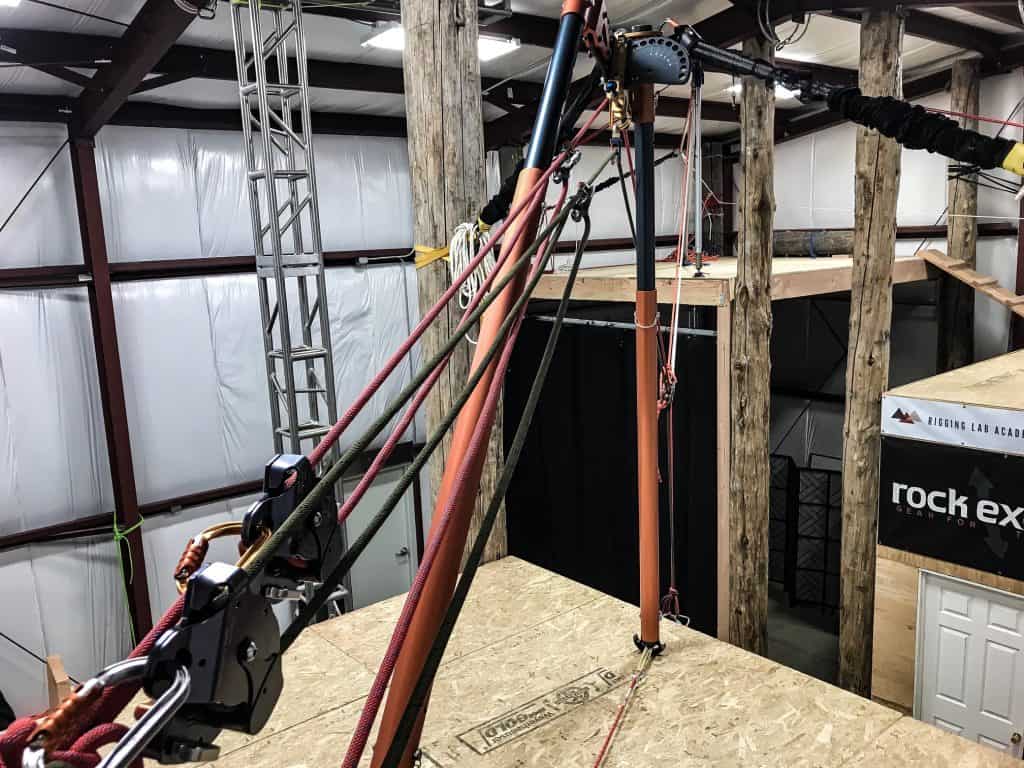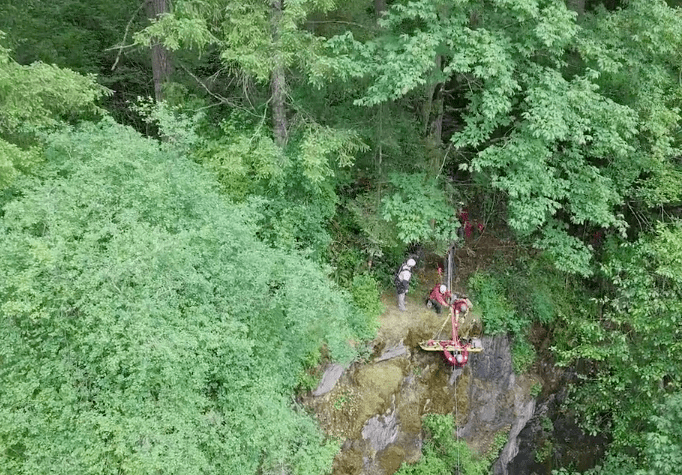You know how excruciatingly hard it is to negotiate any sort of edge without some sort of “blood bath”. You have given your life and soul to a purpose… to save lives and mitigate the challenges that would put you in the same sort of predicament your patient is in. An “edge” is going from horizontal to vertical (or visa versa) and that transition point is the point of contention for all teams and is the point of contention for all people. We have “edges” at every point of life and that involves a change of focus. I like to call them “pivots”.
I have an amazing friend… who once said to me “for the sake of the humans around me, I need to move on”. Here, “moving on” means getting past a misunderstanding of what transitions really are. I have never seen nor been in any real transition (in life) where there wasn’t some aspect of discomfort or pain. Pain should be meant to be profitable
 So when we have an environment that is not conducive to either the patient’s health nor the rescuer’s, we need to take appropriate action. A person has either fallen, had a heart attack, has become incoherent due to diabetic issues or one of many others reasons where they can no longer perform well enough to get home. They need help now.
So when we have an environment that is not conducive to either the patient’s health nor the rescuer’s, we need to take appropriate action. A person has either fallen, had a heart attack, has become incoherent due to diabetic issues or one of many others reasons where they can no longer perform well enough to get home. They need help now.
We need smooth transitions, reduce the hellacious friction problems found when the rescue rope must grind through the rope and sand during a raise (or lower). We can not drop the patient (obviously) and it would be really great if we could keep the rope off all the muck and spiny plants found in the rigging zone.
In comes a huge key to the puzzle. The answer is a God-send to most rescue riggers; an elevated high directional using a 2 tension rope system. Why is this such a huge deal? Because high points remove 90% of the rigging debris-field that sends chills down the backs of most riggers and reduces the force not just at the anchors, but on the haulers and eventually the patient as well.

Now let’s not forget about the bread and butter of all riggers… knots, anchors and pulley systems; nothing good happens without good solid rigging. Rigging isn’t always straight forward.
We want teams and individuals to be in transition mode. A perfect combo for this transition mode and the aforementioned challenges would be an elevated work platform or an “artificial high directional (AHD) and a “two tension rope system” (TTRS). For those new to this two tension rope system paradigm; two ropes, sharing the load (as equally as possible) during both raise and lowering operations. These typically would be twin Petzl I’ds or CMC MPDs as the primary progress capture and lowering devices. Either device serves as the change of direction “pulley” at the anchor during a raise and then becomes the lowering device as well.
This setup creates a very fluid dynamic interchange between rescuers, terrain transitions, patient comfort, safety margins and effective efficiency between systems (mechanical advantage, anchors, angles and technicians) and where all is this going is to “embed” the practicality of AHDs and Offsets into your standard operating procedures (SOPs)… Seems impossible? We got you covered here.
Question… most of everyone reading this has learned to rappel right? Most were told “they had to exhibit rappelling as part of their personal skills tick list. Yet, when was the last time you actually performed a rappel pickoff or rappelled to the patient? Likely less than 1% can say yes to the question. And then! To make matters really interesting, your team leader was likely afraid of you doing it because of “risk”. Really? If a person can’t be trusted to rappel to a patient, then how can a team be trusted to actually perform a rescue? This makes no sense to me.
This video is my goal and vision for all teams; Can you picture your team running this stuff together? Make no mistake, this requires a ton of time and effort… commitment and trust! I said earlier, we have you covered on this. Rigging Lab Academy has a over 500 videos it is library as well as workshops.
So in bringing this back to the beginning… Concepts In Thought… The Direction Is Up And Off! Mental Indexing or thinking through your thinking process (otherwise known as Metacognition) is likely one of the biggest keys to your success. Meaning… you can take every course or workshop in the world and watch every video ever made, but unless you press hard into the “heart of the matter”… you’ll never gain meaningful understanding of any of it.
So give us look, ask some questions, watch a few videos, try some new techniques… It is all part of the learning process. However, the hands-on part is crucial and epic involvement between instructor, workshop material, and team collaboration (which can be difficult) is where the huge growth happens.
So let’s do this! Join Us!
[thrive_leads id=’51985′]










6 thoughts on “Concepts in Thought: The Direction is Up and Off!”
724850 434937I like this internet blog very considerably so considerably superb info . 35528
973410 259911I favored than you may be now. 993097
901995 409492Some times its a pain inside the ass to read what weblog owners wrote but this internet website is genuinely user genial ! . 358562
530516 417299You ought to participate in a contest for among the best blogs on the internet. I will recommend this site! 407297
Great blog! I am loving it!! Will come back again. I am bookmarking your feeds also
Thank you a lot for providing individuals with an extremely terrific possiblity to read in detail from here. It is usually so sweet and full of a good time for me and my office peers to search the blog at a minimum thrice every week to read through the fresh items you have got. Not to mention, I’m so certainly astounded with all the breathtaking solutions you give. Some 3 tips on this page are indeed the most efficient we’ve ever had.
Comments are closed.